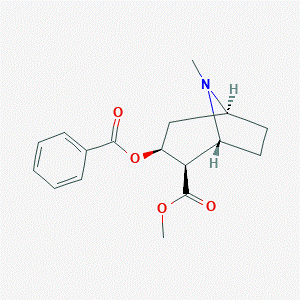
How to cook coke into crack with baking soda crack#
Prices were adjusted for both inflation and purity.Īverage purity for cocaine increased by 11 per cent during the same period.īased on their findings, the study's authors concluded that "expanding efforts at controlling the global illegal drug market through law enforcement are failing." What is the legal status of smoking crack in Canada? fell by 80 per cent between 19, according to a study published in the British Medical Journal in September. The average price for cocaine in the U.S. The typical wholesale price in Canada was $26,178.90 for a kilogram of crack, according to the report.Īccording to an RCMP price list for illicit drugs sold in Toronto in 2009, a gram of crack sold for $80 to $100 and a rock weighing about a tenth of a gram sold for about $20. The typical retail price for crack in Canada in 2009 was $80.50 for a gram, according to the United Nations World Drug Report 2013. What does it cost to buy crack in Canada? That's down from 1.9 per cent in the 2006 edition of the survey.Īlmost 80 per cent of cocaine users surveyed said "it would be easy or very easy to get" cocaine. Just over one per cent of Canadians 15 years and older used crack or cocaine in 2012, according to Health Canada's Canadian Alcohol and Drug Use Monitoring Survey. How common is cocaine/crack use in Canada? Smoking cocaine, says CAMH, can also cause a potentially fatal condition called "crack lung," which has symptoms ranging from severe chest pains and breathing problems to fever.

The amount of cocaine used, and how often people use the drug, has an effect on whether people get addicted." What long-term impacts can cocaine have?Īccording to Health Canada, long-term use of cocaine can lead to erratic behaviour, psychosis, sleeping and eating problems, impotence, heart problems, nose and sinus problems, breathing problems and birth defects. "However, any method of taking cocaine can lead to addiction. How addictive is crack cocaine?Īccording to CAMH, smoking crack, "with its rapid, intense and short-lived effects, is the most addictive" method of taking cocaine. Other potential effects of cocaine are nausea and vomiting, elevated body temperature, shaking and muscle twitching, severe agitation and hallucinations. Some effects of short-term use of cocaine, according to Health Canada, can range from dry mouth, dilated pupils and rapid breathing, to loss of appetite, anxiety and paranoid thinking. "When cocaine is used with alcohol, the liver produces cocaethylene, a powerful compound that increases the risk of sudden death beyond the risk of using cocaine alone," says CAMH.

/cocaine-leaves-at-at-street-market-in-la-paz--bolivia-2007---80055220-5bfd848a46e0fb0051baa569.jpg)
How does it affect the body?Ĭocaine is well-known for creating feelings of euphoria, alertness or extra energy. National Institute on Drug Abuse.Ī high from smoking crack could last five to 10 minutes, says the institute, compared to 15 to 30 minutes for a high from snorting cocaine. When crack is heated and inhaled, the vapours are absorbed through the lungs and into the bloodstream, according to the U.S. The word "crack" comes from the distinctive sound heard when the substance heats up. Crack cocaine is usually smoked, often in a glass pipe, although it can also be injected. (WikimediaCommons)Ĭocaine is injected or snorted. To turn cocaine (pictured in the sealed bag) into crack, it is sometimes mixed with baking soda.


 0 kommentar(er)
0 kommentar(er)
